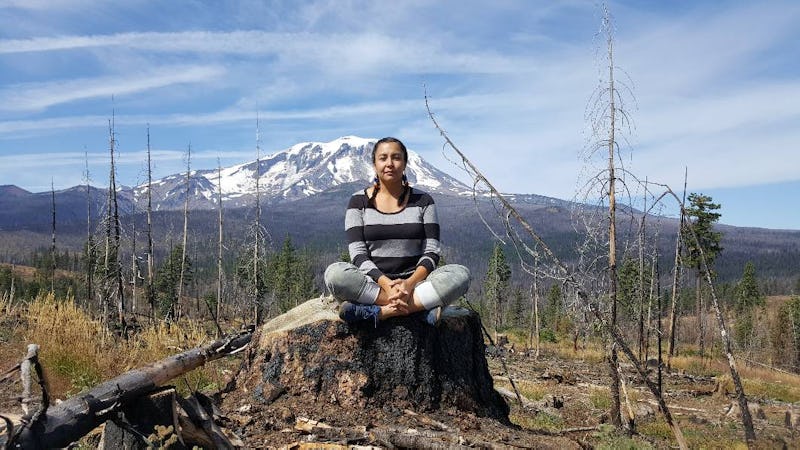
Introduction:
Thanksgiving, a whitewashed history, is a holiday deeply ingrained in American culture, celebrated with feasts and gatherings. However, beneath its seemingly idyllic facade lies a more intricate story. In this comprehensive article, we will delve into the origins of Thanksgiving, its portrayal in popular culture, and the often-overlooked narratives that challenge the traditional narrative. By shedding light on this whitewashed history, we aim to provide a more accurate and holistic understanding of the holiday.
Thanksgiving’s Traditional Roots: A Closer Look
Thanksgiving, a whitewashed history, traces its origins back to the 1620s, when English Pilgrims arrived in Plymouth, Massachusetts, seeking religious freedom. The popular narrative portrays a harmonious feast shared between Pilgrims and Native Americans, emphasizing unity and gratitude. However, historical records reveal a more complex story. Recent research suggests that the “First Thanksgiving” was not a singular event but a culmination of interactions between the Pilgrims and the Wampanoag tribe.
The Cultural Significance of Harvest Festivals
Harvest festivals have been observed in various cultures throughout history, serving as a way to celebrate successful harvests and express gratitude. Thanksgiving, a whitewashed history, draws parallels to these traditions, showcasing the universal human connection to nature and sustenance.
The Whitewashed Narrative: Myths and Realities
Thanksgiving, a whitewashed history, has been romanticized in literature, art, and media, perpetuating certain myths while neglecting others. Let’s explore some of these myths and the realities that often go unaddressed.
Myth: Pilgrims and Native Americans Lived Harmoniously
Contrary to popular belief, the relationship between Pilgrims and Native Americans was not solely one of friendship and cooperation. The arrival of European settlers brought diseases and conflict that decimated Indigenous populations.
Myth: Thanksgiving Marked the Beginning of Good Relations
While the First Thanksgiving may have been a moment of shared resources, it did not lead to a lasting peaceful coexistence. The subsequent years saw a series of violent clashes and land disputes.
Myth: Thanksgiving Represents Inclusivity
Thanksgiving‘s whitewashed history often overlooks the diverse cultural contributions of other communities, such as African Americans and Latinx individuals, who have their own histories and traditions to celebrate during this time.
Unveiling Hidden Narratives: Forgotten Voices
Thanksgiving, a whitewashed history, has silenced or marginalized many voices throughout the years. By exploring these hidden narratives, we gain a more comprehensive understanding of the holiday.
Native American Perspectives
The Wampanoag tribe, central to the First Thanksgiving, has a perspective that has long been suppressed. Their experiences highlight the impact of European colonization and the ongoing struggles faced by Indigenous communities.
Acknowledging African American Contributions
Enslaved African Americans played a significant role in shaping Thanksgiving traditions, influencing culinary practices and contributing to the holiday’s evolution.
Challenging Traditions: Rethinking Thanksgiving
In recent years, there has been a growing movement to challenge the traditional Thanksgiving narrative and promote a more inclusive and truthful representation of history.
A Call for Education
Educators and activists emphasize the importance of teaching accurate history in schools, ensuring that future generations understand the complexities of Thanksgiving‘s whitewashed history.

Celebrating Diversity
Communities across the United States are reimagining Thanksgiving celebrations to be more inclusive, acknowledging the diverse backgrounds and stories that contribute to the nation’s heritage.
FAQs About Thanksgiving, a Whitewashed History
Q: Was the First Thanksgiving truly a harmonious event? A: The First Thanksgiving was a complex interaction between Pilgrims and Native Americans, influenced by various factors including disease, trade, and power dynamics.
Q: How can I teach my children about the true history of Thanksgiving? A: Start by providing age-appropriate historical context and discussing the perspectives of different communities. Encourage critical thinking and open conversations.
Q: What steps can I take to make my Thanksgiving celebrations more inclusive? A: Consider incorporating traditions from diverse cultures, discussing the complexities of the holiday’s history, and supporting Indigenous initiatives.
Q: Why is it important to acknowledge the contributions of marginalized communities to Thanksgiving? A: Recognizing the contributions of marginalized communities honors their resilience and enriches our understanding of history.
Q: Are there any alternatives to traditional Thanksgiving celebrations? A: Yes, some people choose to observe “Day of Mourning” events or engage in community service to promote awareness and social change.
Q: How can I support Indigenous communities during the Thanksgiving season? A: Research Indigenous-led organizations and initiatives to support financially or through volunteering. Educate yourself on their needs and priorities.
Conclusion: A Deeper Understanding
Thanksgiving, a whitewashed history, is a holiday that reflects both unity and division, celebration and struggle. By acknowledging the complex narratives that have been overlooked, we can engage in more meaningful conversations about the past and present. As we gather around our tables, let us remember that true understanding requires embracing the diverse stories that have shaped our nation.

